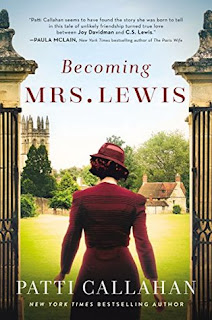Posts
Showing posts from 2019
The Lady Hardcastle Mysteries by T.E. Kinsey
- Get link
- Other Apps
A Conformable Wife by Alice Chetwynd Ley
- Get link
- Other Apps
Becoming Mrs Lewis by Patti Callahan
- Get link
- Other Apps
Thunder On The Right by Mary Stewart
- Get link
- Other Apps



